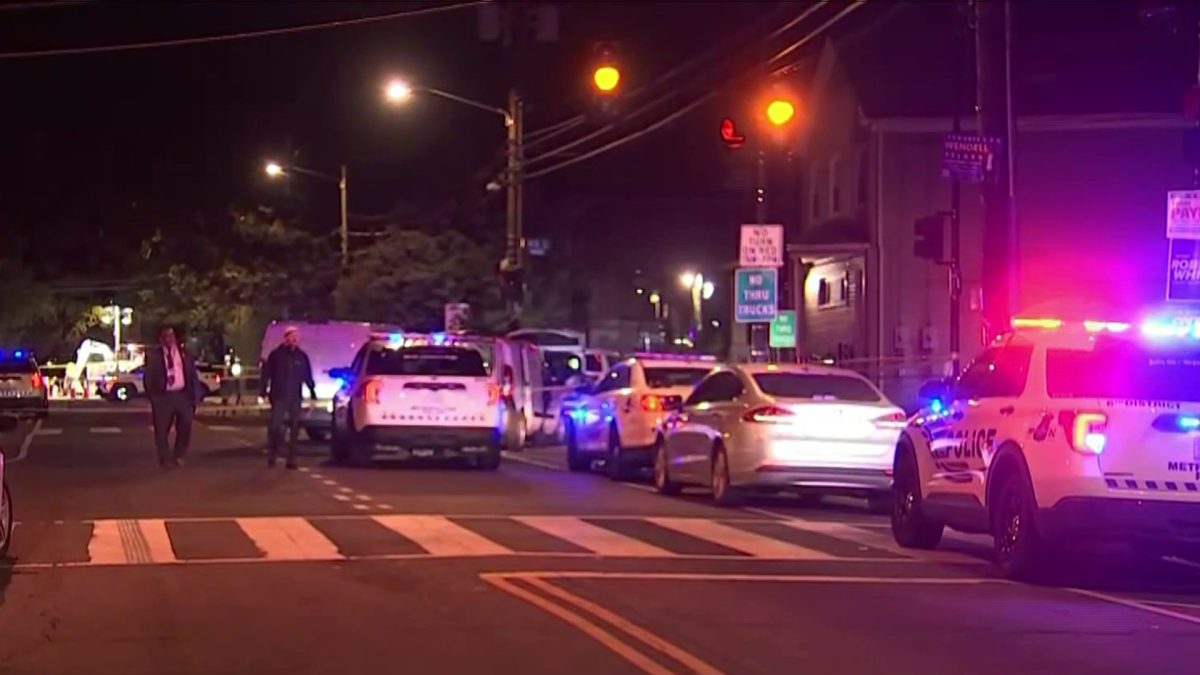Even the most seasoned historians were left speechless by this week's violent riots at the Capitol, but over its 200-year history, the seat of the nation's legislature has withstood other attacks and break-ins.
Todd Turner drove hundreds of miles in about eight hours from Savannah, Georgia, to post a sign near the U.S. Capitol building.
It reads, “Democracy Stands // The Constitution Stands // America Stands // God Speed,” with each word underlined in a different color.
We're making it easier for you to find stories that matter with our new newsletter — The 4Front. Sign up here and get news that is important for you to your inbox.
He came against his family’s wishes, who thought it would be dangerous after watching the siege just days earlier.
“Nobody wanted me to come up here. I was like, ‘I’m gonna be fine,’” he said.
Local
Washington, D.C., Maryland and Virginia local news, events and information
Turner came because to him, what happened at the Capitol hearkens back to the siege of the summer of 1814.
"It's kind of the same people. The Tories wanted us back, they wanted us to go backwards. They didn't want our democracy, and that's what these guys did," he said, referring to the rioters that stormed the Capitol on Wednesday.
Jesse J. Holland is the author of the book "Black Men Built the Capitol." For him, the building that was attacked is a symbol of a complicated relationship.
"We are still looking for that more perfect union,” Holly said. "An enslaved American bronzed the statue of freedom. If that doesn’t talk about the relationship of the United States government and minorities in this country, nothing ever will.”
For now, there’s a quiet at the Capitol, contemplative of those who died and hopeful of the republic’s resilience.
“It’s still there. She’s got some holes in her. She’s still OK,” Turner said.



